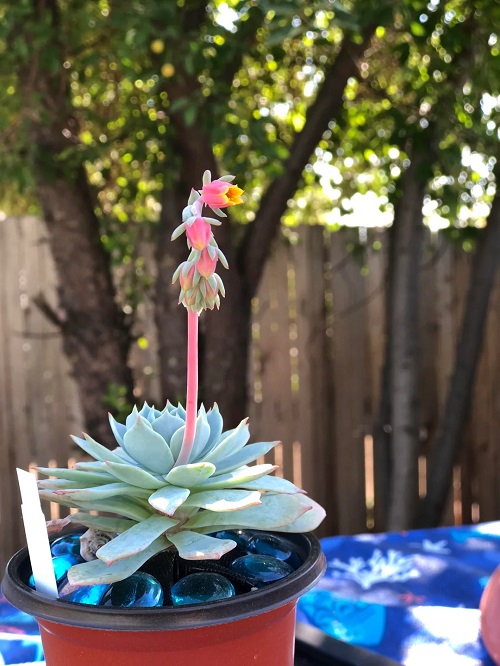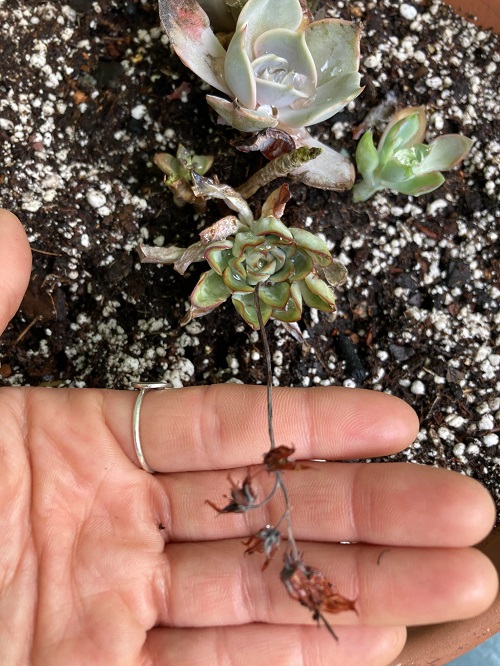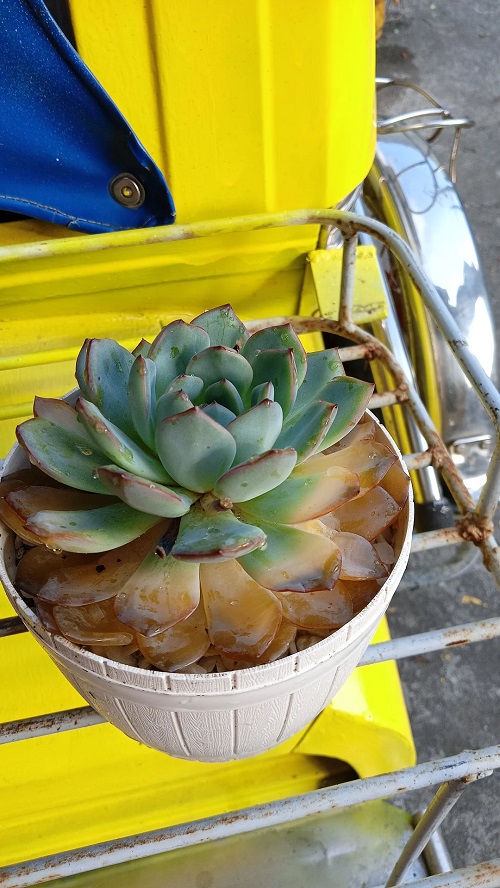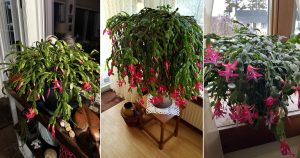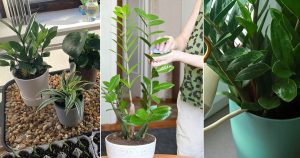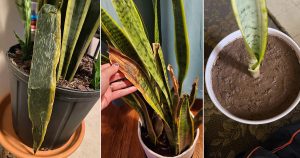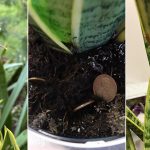Are you curious to know what happens to plants after they bloom? Do Succulents Die After Flowering? Find out!
Let us clear up your confusion in this article. It is neither a false statement nor the other way around. Read ahead to get a better understanding of what it is all about!
Do Succulents Die After Flowering?
First of all, note that not all succulents bloom. Some show flowers multiple times and live for years/decades, while some show blossoms only once in their lifespan. But that does not mean they have a short life.
So, the short answer to your question is yes, succulents die after flowering. But why do they do so, and which one? It must be your next, right? So, it is due to the difference in type they belong to, i.e., monocarpic and polycarpic.
Difference Between Monocarpic and Polycarpic Plants
The word ‘monocarpic’ is taken from the two Greek words ‘mono’ (single) and ‘karpos’ (fruit). This means these plants complete their life cycle by blooming once (containing seeds), producing offshoots, and then dying. Before that, they live for many years. For instance, certain agave varieties do not flower before they are 10-30 years old, while some live for 40-60 years. However, this does not include succulents only but also other plants like sunflowers, tomatoes, wheat, and cabbages.
On the other hand, many succulents are polycarpic, which means they continue to flower multiple times during their lives, for example, mango, apple, orange, or grapevine.
Role of Apical Meristem in Succulent Plants Dying
Understanding what is the process of apical meristem is extremely necessary for a botanist to learn why some succulents opt for a single massive reproductive life over multiple blooming cycles in their lifespan.
In simple terms, the apical meristem is the growth tip of a plant, where new cells are produced to help the plant grow. In monocarpic succulents, this growth tip undergoes a significant change when the plant matures. Instead of continuing to produce leaves and stems, it starts producing a flower stalk, marking the beginning of the plant’s reproductive stage.
Once the apical meristem switches to producing flowers, the plant stops growing new leaves and stems and redirects all its energy to flowering and setting seeds. This transition is crucial because it signifies the end of the plant’s vegetative growth and the start of its brief reproductive period.
After the plant flowers and sets seeds, it completes its lifecycle and dies. This dramatic flowering event is often called as “death bloom” in monocarpic succulents.
How to Know if Your Succulent Has a Death Bloom?
Well, it’s pretty simple! A death bloom indicates that the succulent has reached the end of its life cycle and is ready to reproduce. You can identify it with these signs:
- A death bloom has a single, long stalk that appears from the center of the plant/middle of the rosette, differing from the other regular flowers, which emerge from the sides with multiple stalks.
- The bloom may last for several months or days. Once the flowers fade, the plant will gradually die.
- The flowers of a death bloom can be quite striking, often in warm shades like orange, yellow, and pink. In rare cases, they can be very light, almost white.
- Other indications include that species like Sempervivum, Agave, Kalanchoe thyrsiflora and some variety of Orostachy and Aeonium. If your succulent variety is one of these, then it is monocarpic.
Is Death Bloom a Good Sign?
Yes, definitely, it’s a good sign! How? The monocarpic succulents follow the natural phenomenon of flowering, which is the reproductive strategy, allowing the plant to produce seeds that will grow into new succulents. The plant dies and decomposes into the soil by enriching it with nutrients just to benefit the new seeds and pups. They ensure the continuation of the species in the most natural and efficient way. Isn’t that showing their positive aspect of life?
Can You Stop a Succulent Flowering?
No, you cannot stop a succulent from flowering, especially if it is monocarpic, meaning it dies after flowering.
Some people tried to stop it by cutting the flower stalks before the plants bloomed, but it didn’t work and hastened the plant’s death. So, the best approach is to enjoy the flower and not interfere with its natural lifecycle.
How Can You Extend the Life of a Monocarpic Succulent?
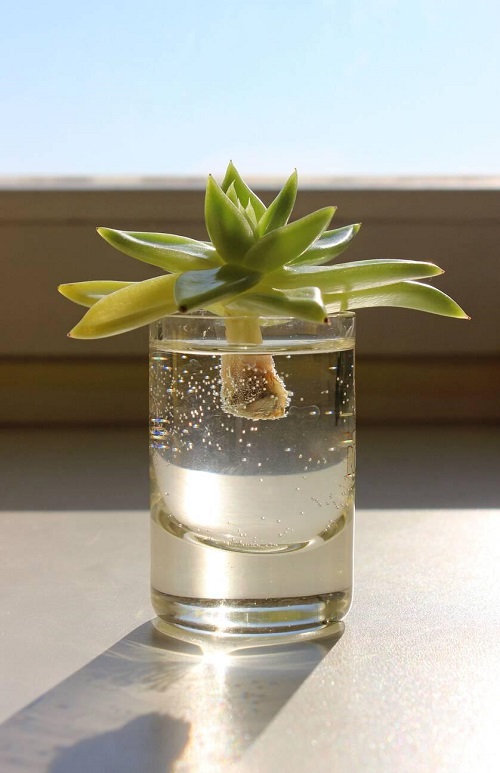
Well, as explained above, you can’t prevent a monocarpic succulent from dying after its death bloom. What you can do is ensure the survival of its offspring by propagating them. Many monocarpic succulents produce offsets, which you can cut to create new plants.
Additionally, some succulents produce seeds or bulbils that can be harvested and grown into new plants, thereby continuing the plant’s lineage even after the parent plant dies.

